How to Decide if Open Concept is Right for your Home
I lied to you.
In my defense, it wasn’t a flat out lie- it was an Instagram lie. You know when someone posts a beautiful photo on instagram but just out of frame is a mountain of junk that they act like doesn’t exist? That’s an Instagram lie.
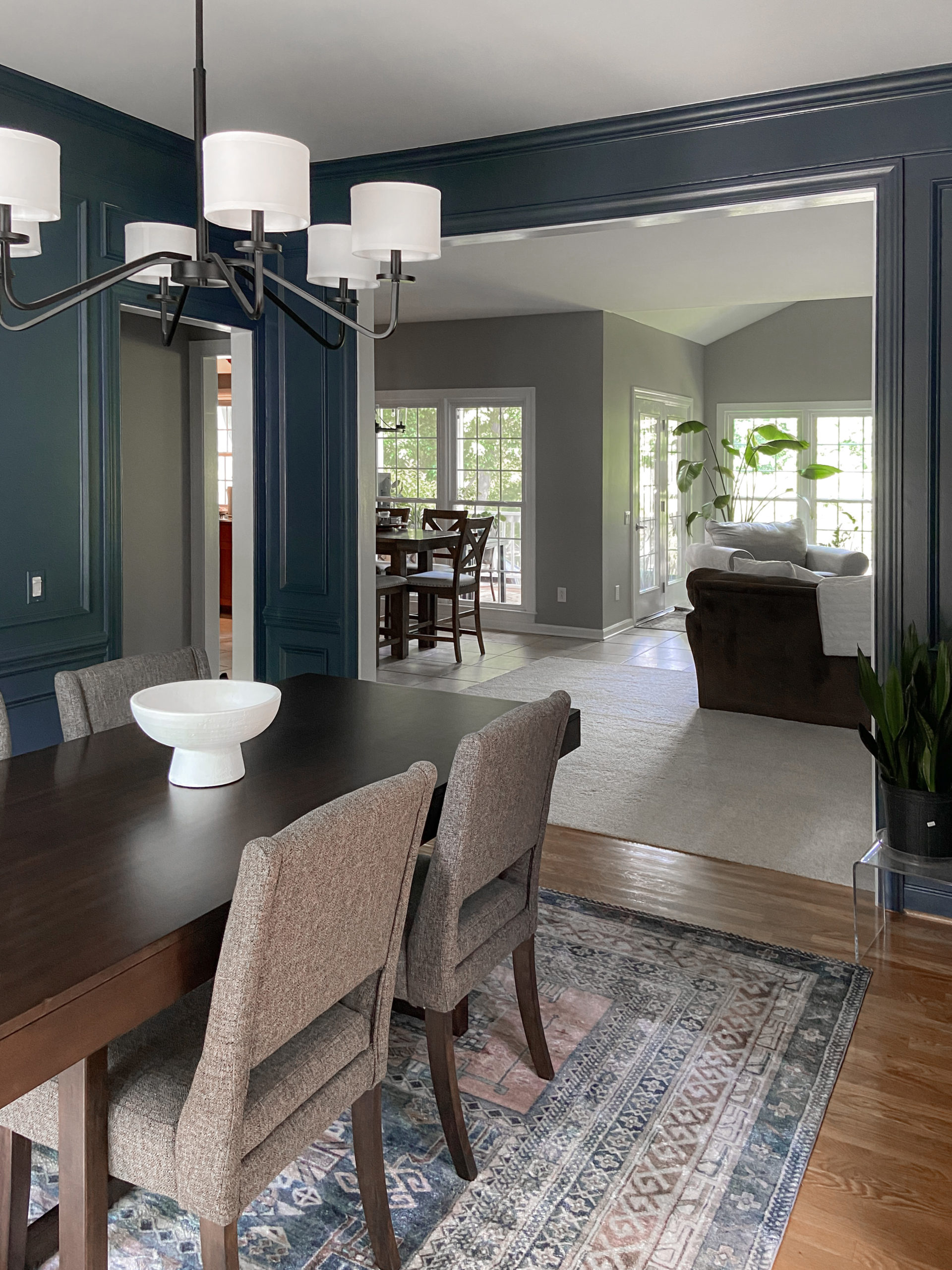
An Instagram lie creates just enough guilt that I feel like I’m getting away with something, but not enough where I feel the need to bring it up to my therapist. I’m comfortable here.
Fortunately, I like to keep myself humble and provide full views of my piles of junk in my Instagram stories. I wasn’t lying about how clean my house is, I was lying about a wall. I pretended that I finished my dining room when I did the picture frame molding.
Back in April, I installed picture frame molding and painted my dining room this dark teal color. When I shared before/after pictures, I intentionally left out photos that showed the fourth wall- opposite the windows. I didn’t add molding, or paint it. We had plans to tear this wall out and create an opening from this traditional dining room into our larger living room. Our living room is currently open to the kitchen. Knocking down this wall would officially make our downstairs living “Open Concept”.

What is Open Concept?
Open Concept has been a buzz word over the last 10-15 years but it’s been around much longer than that. I started hearing it back when I was in highschool and starting to watch HGTV. If at least two common spaces in your home are connected—and not separated by walls or doorways—you’re probably dealing with an open concept floor plan.
If your kitchen and living room are in the same room, your home is at least partially open-concept. See: Our Partially Open Floor Plan Before:
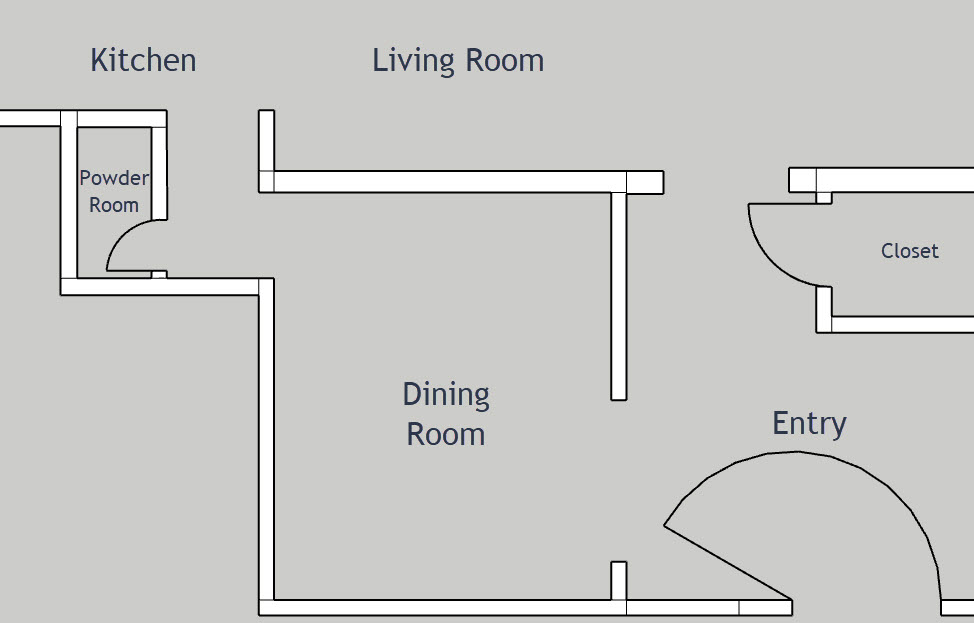
And if your kitchen, dining room, and living room are all in the same room, your home may be fully open-concept. See: The Plan for Our Fully Open Floor Plan After:

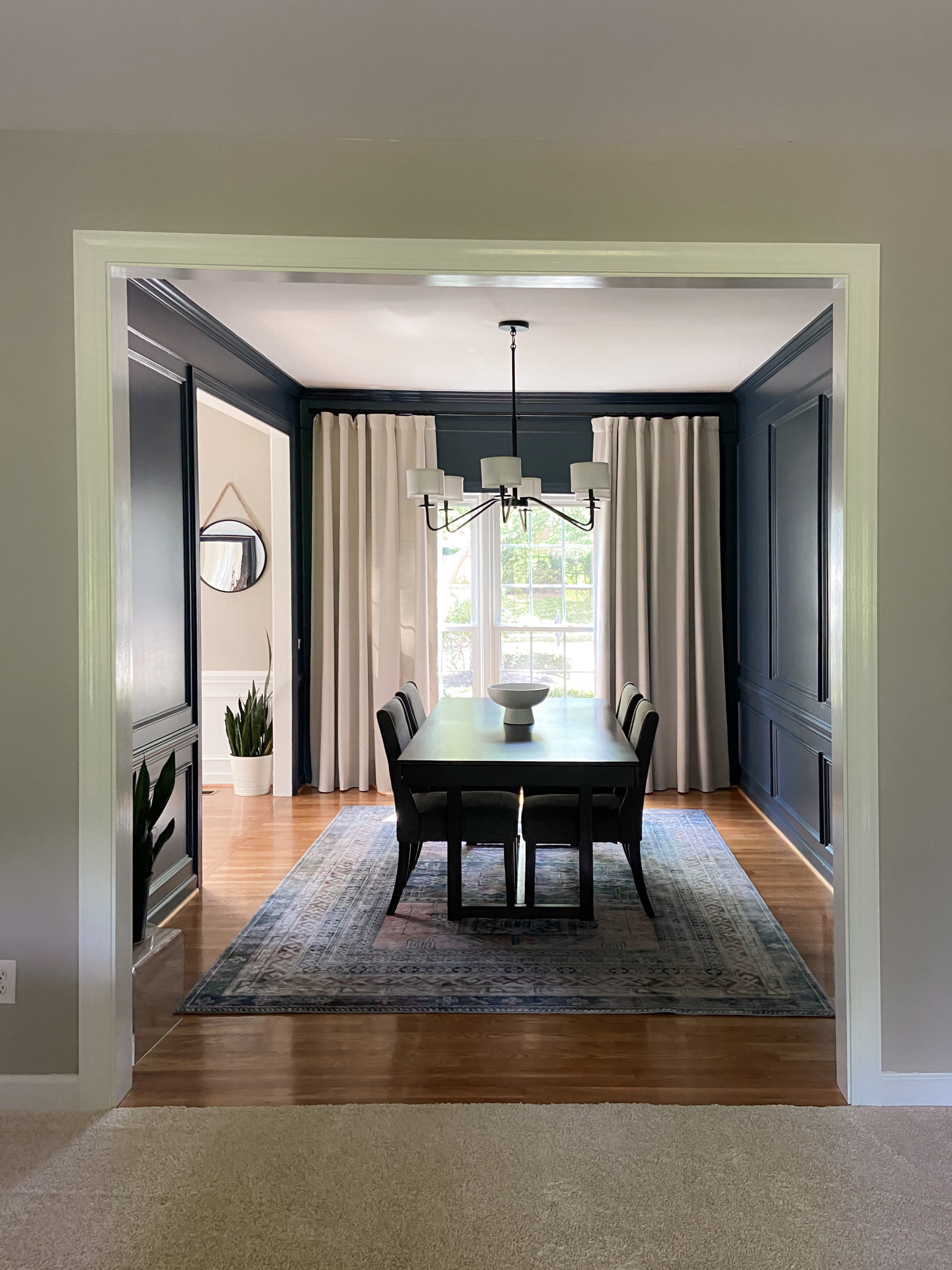
Theories about open concept and why Battleship is a stupid game
I don’t know where the idea of an Open Concept house came from, but there are many interesting theories. I’ve read articles and listened to some social media rants that credit (or blame) HGTV. Anywhere from a gradual shift towards entertaining, which requires frequently updated and refreshed spaces- to the network needing more room for their recording equipment, making it easier for them to film their shows. Vice shared a piece that claims HGTV was targeting male viewers by including more sledgehammers and destruction on their shows. I’m in.
The Atlantic claims that open concepts are based in a sexist belief that women need to be able to work in the kitchen and watch their children/husbands in another room. Sound crazy? This old Battleship game box from the 50’s shows a father and son playing in one room while the women watch from the kitchen! Thank god for that open concept house! BTW Battleship is a stupid game.

The Spruce lists a timeline that lines up with the Industrial Revolution. It starts with the move away from staffed homes which required separated rooms for the staff to single family homes. The Spruce credits architect Frank Lloyd Wright with designing large open living space that combined living areas, often only separating them with a large shared fireplace.
There are many more theories- population increases (smaller footprint homes), technological updates in building processes (central heating/cooling), construction material innovation (cinder blocks, steel beams) that probably all have a little bit of the responsibility for open concept homes. Whatever the origin of the open concept floor plan, it’s still alive and going strong in 2022!
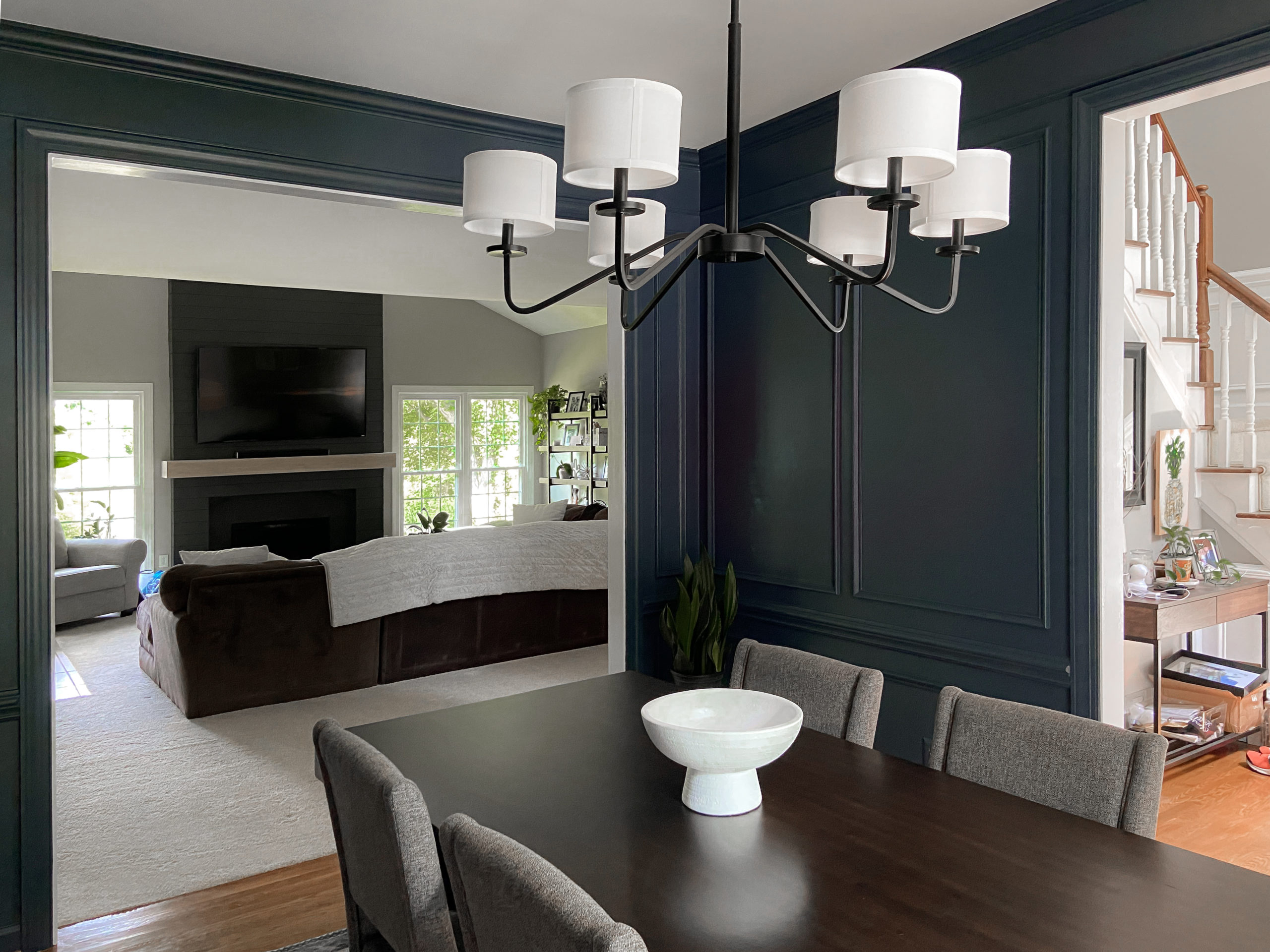
How to Decide if Open Concept is Right for your Home?
If you’ve been thinking about knocking out a wall or two in your house, you’re probably wondering how to know if it’s the right decision. The best advice I’ve gotten about home design is that it’s your home and you should do whatever makes you happy*. You don’t have to follow what HGTV is showing or what’s trending on social media. As long as you’re creating and constructing responsibly- do whatever is best for you!
*Unless you’re renting and it’s literally not your home, then I highly advise against making structural changes.
Open floor plans don’t work for everyone. There are some disadvantages to open floor plans that you should carefully consider before you knock down walls. The following is a list of pros and cons for open floor plans. The pros list is to get you excited, the cons list is to make sure you won’t regret your decision and waste your money!
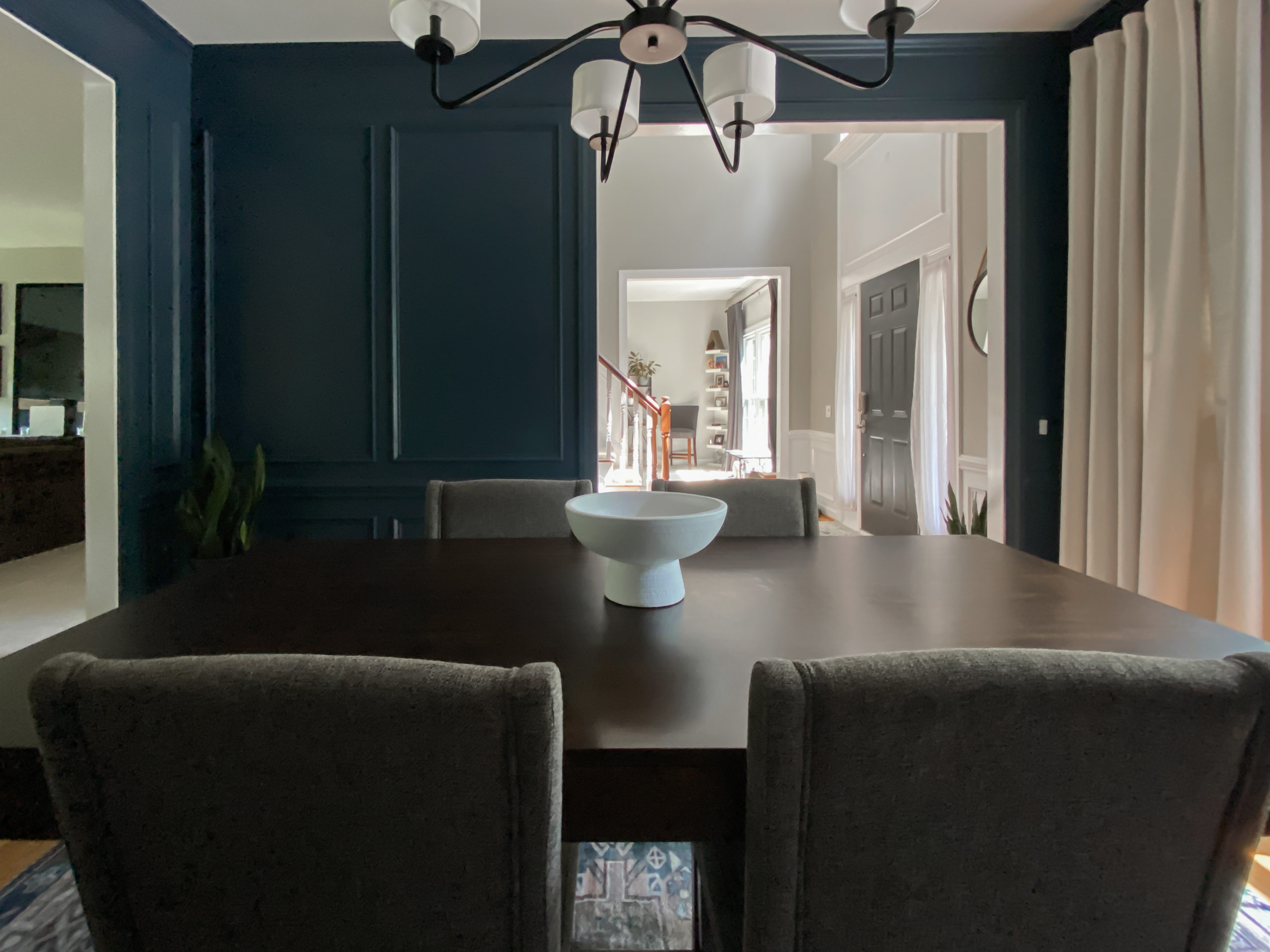
Pros of Opening your Floorplan
- Improved flow and open sight lines. With larger spaces, you aren’t confined to walk certain ways through hallways and doorways to get where you’re going. Having an open floor plan also allows you to connect the interior design of your home for a more visually appealing space. You can see further, meaning you can interact with a space at a further distance (like watching TV from the dining room table!)
- Multifunctional spaces and layout flexibility. Without separated rooms, you aren’t forced to assign each room a specific function. You now have a “Great Room” that can act as a family room, an office, a dining room or an entertainment area depending on your needs at the time. Tip: Just because this is a possibility, doesn’t mean this has to be the case. I still very much use my dining room as a dining room.
- Make small spaces feel bigger. Opening up your floor plan is a great way to maximize your square footage. With 4 walls and a bunch of furniture, rooms can start to feel very closed off and small. When you take down walls and open up the space, your home appears larger and feels less cramped.
- Reduce underused spaces. This was a big reason for us! Before we opened up the dining room wall, it was so inconvenient to use, that we rarely did. Now, the room is an easy place to sit and eat dinner, while still being able to watch TV. Or a place to sit and work on your blog posts and still be “together” with your husband and dogs. (*wink wink)
- Brighten the space. Depending on the direction your house faces or how many windows a room has, certain rooms in your house can be very dark. Opening up walls in these rooms allows the light from windows to travel farther, brightening up previously dark areas.
- Increase togetherness. Whether you’re with your family during the weeknights or hosting a party, an open floor plan is more conducive for gathering. For families, you can be together, making dinner, supervising kids and doing (home)work, without being on top of eachother. When hosting parties, people tend to gather in kitchens which can start to feel tight, fast. With an open floor plan you can maintain a group conversation without bodies blocking access to all your appliances.
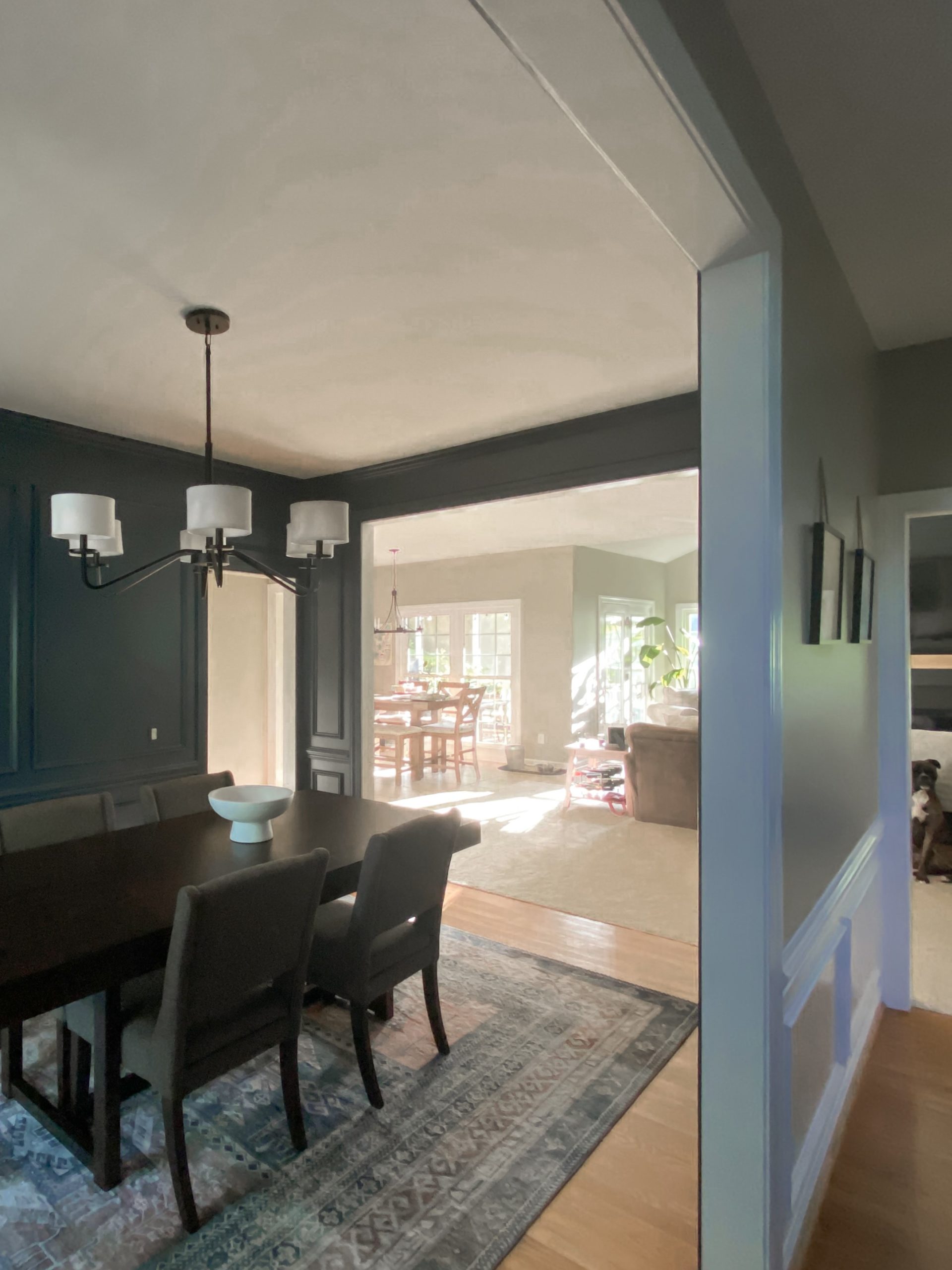
Cons of Opening your Floorplan
- More expensive to create. Whether building a new house or updating your current one, creating large spaces requires long, dense beams that are inherently more expensive than their shorter alternatives. If the wall you want to take down (or omit from building plans) is a traditional load bearing wall, it becomes exponentially more expensive. These projects require professional engineer plans and county inspections to make sure you’re redistributing the load safely and meeting your local building codes.
- Higher energy bills. Large spaces, especially with high ceilings mean more space that needs to be heated and cooled. With separated spaces, it’s easy to close off a room that you don’t use as often to save on electric or gas bills but with an open concept floor plan, the entire space must be heated or cooled.
- Sounds carry further. With less walls to block noise, open concept floor plans can make for a loud house. Carpeted floors absorb some sound but make sure to add in large area rugs and appropriately sized, soft furniture to absorb excess noise, especially if you have wood or tile flooring. Ultimately, you know your situation best- if you have teenagers home for the summer but you also work from home, make sure to have some spaces that you can still close off so you can focus and work.
- Your mess is always on display. Opening spaces creates beautiful sight lines from one room to another. This also means that you can always see into other rooms- even when they’re a mess. Having messy areas on display can cause your entire space to feel cluttered and take away from the design benefits of the open concept. This is particularly difficult to keep under control when you have rooms that are open to the kitchen. Unless you’re the master of clean-as-you-go there will inevitably be messy rooms and you’ll have to be okay with that.
- Decreased privacy. With less walls separating you, you have well… less walls to separate you. For this reason, it can feel like your family is together all the time. Open floor plans are great for social activity, but if you open your floor plan a lot- it can make it hard to find quiet spaces for work and relaxation.
- Large spaces can feel cold and sterile. If your house has a lot of square footage, an open concept floor plan may make it feel too big. If you just built or moved into a new open concept house and you don’t have the appropriately sized furniture, it can feel like you’re living in a warehouse and will take time, money and determination to get it to feel warm and cozy.
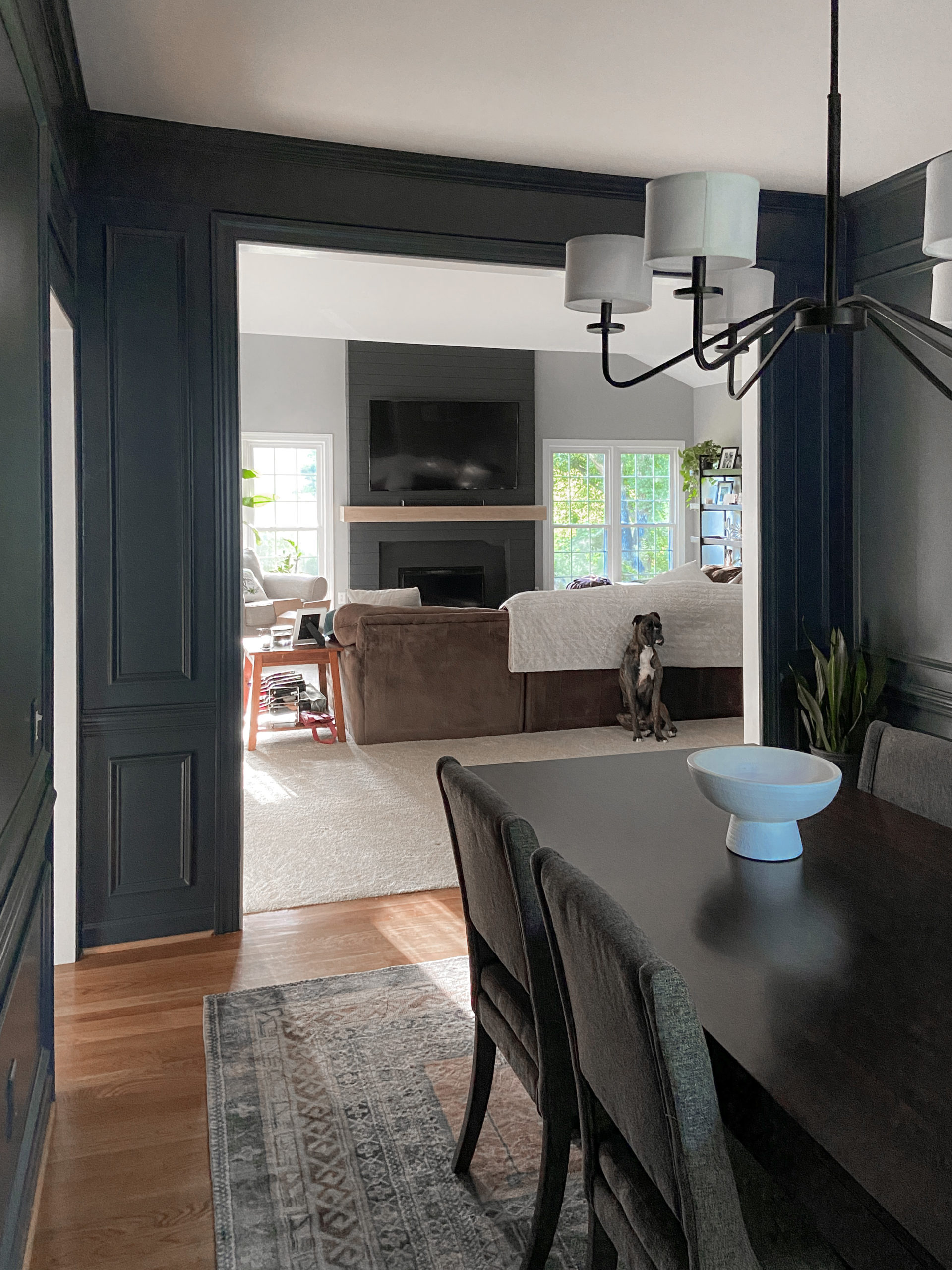
If by now you’re pretty sure that open concept living is for you, you might just have one more question:
Is Open Concept going out of style?
Open concept floor plans are popular right now and it’s easy to see why. They can make a modest amount of square footage feel spacious, they improve foot traffic flow between rooms. We’ve evolved as a society that loves to entertain and take pride in our home style, especially after lockdown. Open floor plans allows us to efficiently do both of these things, and I don’t see that going anywhere! The idea of open floor plans (especially for common spaces) isn’t going out of style anytime soon.
If you’re still not sure
Truly consider why you want an open concept home beyond the current movement toward this style. Are you an entertainer but it starts to feel cramped with more than 10 people in your home? Do you have a large family that wants more space to be together and isn’t worried about losing privacy? Are there underused rooms in your home that you wished were more convenient to be in? Then open concept might be for you.
If it doesn’t feel right or you have concerns about some of the cons with your lifestyle, don’t do it. Open concept doesn’t work for everyone. Keep your mind open and continue to evaluate how you can make your home work for you. Taking your time and not rushing to do what everyone else does will lead you to create the perfect home for you!
And always remember my favorite advice: Do whatever you want with your home that makes you happy!
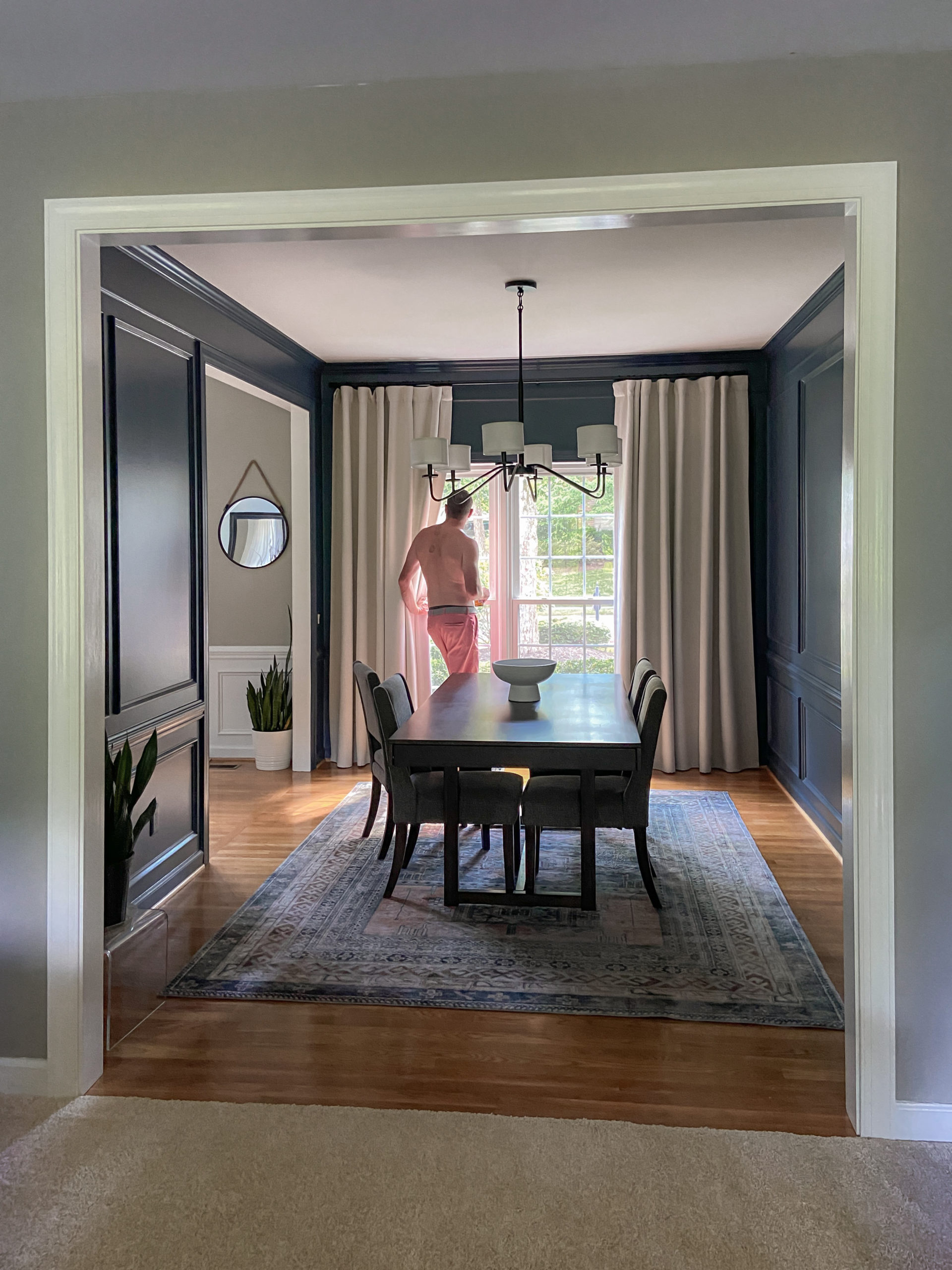
Check out the full highlight on my dining room design (including taking out the wall) on Instagram!
One Reply to “How to know if Open Concept is right for your home”